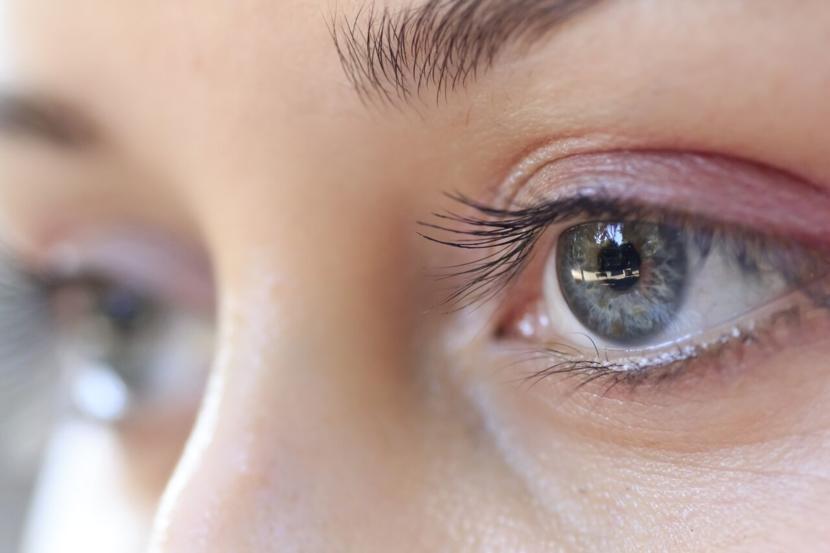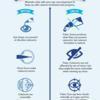How Long Does It Take To Get A Cataract Removed?

How Cataract Surgery is Performed
Prior to a cataracts surgery, you will have to attend an eye assessment with an ophthalmologist. The ophthalmologist will first examine your health condition and any previous eye treatments. They will also check for any other eye problems currently affecting you. At the ophthalmologist, your eye size and sharpness will also be recorded; this will help decide upon the type of lens you will be given. At the appointment, you are recommended to ask about anything you may doubt about the operation. You will be advised to undergo two separate operations in case both of your eyes have a cataract. These operations are always at least 6 weeks apart. This will give the first eye that's been treated time to heal and your vision time to return. It will also give the surgeon enough time to assess your new glasses' prescription in the first eye.
The Procedure
Cataract surgeries are usually always simple and efficient. They take up to 45 minutes. Most of them are usually scheduled during the day. Most patients are dosed with local anesthetic and are awake during the procedure. You are likely to go home on the same day, unless you suffer from complications.
A method known as phacoemulsification is the recommended method of operation. Moments before the operation, you will be served eye drops to help your pupil dilate. You will be served anesthetic through either an injection to your eye tissues or via direct drops to your eye balls. The cataract surgeon will then create a shallow incision on your cornea.
The cataract surgeon then breaks the natural lens with cataracts using a probe. The probe communicates the breakage though an ultrasound. The lens is then melted into liquid and siphoned out. Another probe is inserted to suck out any pieces of the remaining lens. When all pieces of the natural cataract lens have been sucked out, the surgeon starts the insertion of the artificial lens. The artificial lens is pressed into a surgical injector. It is carefully pushed through the incisions in the cornea and released. Once in position, it typically opens up and fixes itself into the place of the natural lens. In some rare cases, the incision may be stitched and removed after a few weeks.
Types of Replacement Lenses
After the removal of a cataract, the natural lenses are always removed and artificial lenses are inserted at their place. These lenses are called premium intraocular lenses, or IOL lenses. The procedure is known as a cataract intraocular implant.
The following are the three types of intraocular lenses currently available on market:
- Monofocal (fixed-strength) IOL lenses: They are the most common type of lenses used. They are always fixed to distance.
- Multifocal IOL lenses: They are more flexible than the fixed strength lenses. They can be set to either far or near-sighted vision and can accommodate up to three settings.
- Accommodating IOL Lenses: These are advanced and operate more like a natural lens.
The need to wear glasses reduces significantly if you use multifocal IOL lenses. Using accommodating IOL lenses leaves you with no need to wear contact lenses at all. Acquiring and accommodating multifocal IOL lenses is more costly than mono focal IOL lenses. You will probably have to attend a private theater in order to purchase them.
After the Surgery
Typically, you should be able to go home only a few hours after the surgery. You will need to organize for a driver or someone else to pick you up to take you home. You may be wearing a protective pad, or your eyes may be patched up.
If you live alone, you may want to ask someone to stay with you for a day or two, even if you feel perfectly fit. This is because you should avoid bending, as it may have adverse effects. In addition, your vision in one eye for the next few days may be diminished, since the other will be straining.
You will experience some side effects the first few days after your surgery; they are likely to gradually reduce daily. Complications after a cataract surgery is usually very rare. If you do experience any further complications, you are advised to go to your ophthalmologist for regular checkups and contact your doctor if any further developments occur.
Phacoemulsification and Laser-Aided Cataract Surgery
Since 2000, Femtosecond lasers have been regularly used in surgeries. In 2001, studies and research began on the question of using them in cataract surgeries.
The first successful laser-aided cataract removal surgery was performed in Hungary in 2008. It would take two more years for the U.S. FDA to approve the use of laser-aided methods to perform a cataract surgery. Finally, in 2010, a successful laser-aided cataract surgery was performed in the USA. It is important to remember that the laser does not replace phacoemulsification, they actually work side by side with specific roles designed for each. In fact, the laser only appears during the first part of the surgery; then the rest of the surgery is performed manually.
The initial uses of the lasers are as follows:
- Cutting through the cornea.
- Cutting through the section of the lens with the cataract.
- Carrying out the first breakage of the lens.
The laser is proving superior to currently used methods. It has so far proved a great deal of perfection and is steadily gaining popularity and preference. It is currently used not only in cataract surgeries but also in the treatment of other eye conditions. Research is still underway to prove the safety of using lasers and whether it has better results and fewer risks than the manual method.
You should consider the fact that laser-aided method is not covered by your medical insurance and is obviously more costly.
Conclusion
It takes time to examine and identify a cataract. You should take enough time visiting your eye care professional. How long it takes before the actual surgery depends on an individual’s goodwill and decisiveness. There are lists of professionals you must visit before booking an appointment for surgery. You should take your time, since the surgery comes with risks. There is no need to rush into the surgery before making a satisfying and informed decision, since a cataract does spread that fast nor does it compromise your vision.
The actual time it takes to actually perform a cataract surgery depends on the team of surgeons. Typically, a cataract surgery should not take more than 40 minutes. Some cataract surgeons take as little as 20 minutes. You are most likely to be discharged a few hours after the surgery.
The healing time after the surgery also depends on an individual’s health and hygiene. Personal behavior also plays a great deal in the process of healing. For instance, a person who smokes takes a longer time healing. The healing process should go up to around 5 weeks. In case of complications, this may take a longer period. Healing generally should not exceed 6 weeks. Therefore, if healing takes more than 6 weeks, this should cause you to contact your doctor for further checkups and advice.














